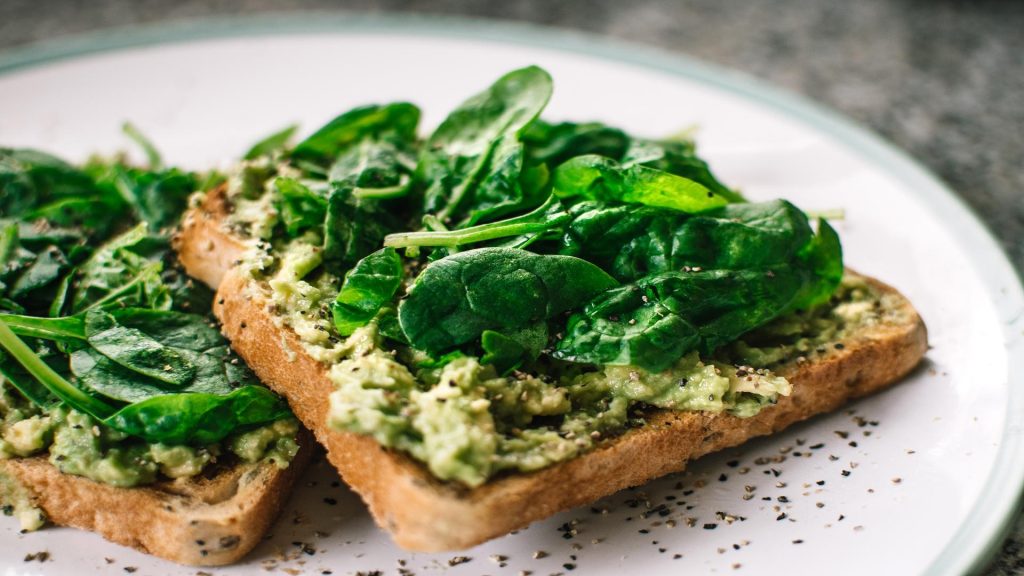
Eco-friendly Fashion Tips: Embracing Sustainable Style
Introduction
With the increasing concern for the environment, more and more people are seeking ways to incorporate sustainability into their everyday lives, including their fashion choices. As the fashion industry has a significant impact on the environment, adopting eco-friendly fashion practices becomes crucial. In this article, we will explore various tips and strategies to help you embrace sustainable style while still looking fashionable and feeling good about your choices.
1. Choose Quality Over Quantity
1.1 Emphasize Durability
To build a sustainable wardrobe, it's important to prioritize quality pieces over fast fashion trends. Invest in well-made garments that will stand the test of time and can be worn for multiple seasons. Look for materials such as organic cotton, linen, or Tencel, which are sustainable alternatives to synthetic fibers.
1.2 Opt for Timeless Designs
Avoid trendy clothing items that quickly go out of style. Instead, opt for timeless designs that will remain fashionable for years to come. Classic pieces can be mixed and matched to create various outfits, reducing the need for constant purchases and minimizing waste.
2. Thrift Shopping and Secondhand Fashion
2.1 Explore Thrift and Consignment Stores
Thrift shopping is a fantastic way to find unique and affordable clothing items while reducing your carbon footprint. Visit thrift stores, consignment shops, and vintage boutiques to discover hidden gems that suit your style. By giving pre-loved garments a second life, you contribute to the circular economy and minimize waste.
2.2 Online Platforms for Secondhand Fashion
Take advantage of online platforms dedicated to selling secondhand clothing. Websites and apps like Poshmark, Depop, and ThredUp offer a wide selection of gently used clothing items. Not only can you find great deals, but you can also sell your own unwanted pieces, further extending their lifespan.
3. Sustainable Fabrics and Materials
3.1 Organic Cotton
Organic cotton is produced without the use of harmful pesticides and chemicals, making it a sustainable alternative to conventional cotton. Look for clothing items made from certified organic cotton to support eco-friendly farming practices.
3.2 Hemp
Hemp is a versatile and eco-friendly fabric. It requires fewer resources and pesticides to grow compared to conventional cotton. Additionally, it is highly durable and naturally resistant to UV rays and mildew.
4. Renting and Borrowing
4.1 Clothing Rental Subscription Services
Consider renting clothing from subscription-based services that allow you to experiment with different styles without committing to a purchase. This way, you can enjoy trendy pieces for special events or occasions while minimizing waste.
4.2 Borrowing from Friends and Family
Expand your wardrobe by borrowing clothes from friends and family for specific events. This not only saves money but also promotes a sense of community and reduces the need for excessive consumption.
5. DIY and Upcycling
5.1 Repurpose Old Clothing
Get creative and repurpose old or worn-out clothing items by turning them into something new. Cut old jeans into shorts, transform oversized shirts into trendy tops, or add patches to old jackets for a personalized touch. Upcycling allows you to breathe new life into old garments while expressing your unique style.
5.2 DIY Accessories and Jewelry
Instead of purchasing new accessories, try making your own using recycled materials. From statement necklaces made from discarded fabric to unique earrings crafted from bottle caps, there are countless possibilities to showcase your creativity while reducing waste.
Frequently Asked Questions
Q1: How can eco-friendly fashion benefit the environment?
A1: Embracing eco-friendly fashion practices reduces the demand for fast fashion, which often contributes to excessive waste and pollution. By choosing sustainable materials, repurposing clothing, and buying secondhand, you can help conserve natural resources, reduce toxic chemicals, and minimize carbon emissions.
Q2: Are sustainable clothing brands more expensive?
A2: While some sustainable clothing brands may have higher price points compared to fast fashion brands, they often prioritize fair wages and ethical production practices. However, there are affordable eco-friendly options available, such as thrift stores, secondhand platforms, and DIY solutions.
Q3: How can I determine if a clothing brand is sustainable?
A3: Look for certifications such as Global Organic Textile Standard (GOTS) or Fair Trade labels to identify brands that follow sustainable practices. Additionally, research a brand's transparency, supply chain, and environmental initiatives to ensure they align with your values.
Q4: How can I make eco-friendly fashion choices on a budget?
A4: Thrift shopping, clothing swaps, and DIY projects are affordable ways to embrace eco-friendly fashion. By prioritizing quality over quantity and investing in timeless pieces, you can build a sustainable wardrobe without breaking the bank.
Q5: Can eco-friendly fashion still be stylish?
A5: Absolutely! Eco-friendly fashion goes hand in hand with style. With a plethora of sustainable brands and creative styling options, you can showcase your personal style while making environmentally conscious choices.
� Eco-friendly Fashion Tips: Embracing Sustainable Style
� Fashion
� Eco-Friendly Fashion
� Discover practical tips and strategies for adopting eco-friendly fashion practices, including choosing quality over quantity, thrift shopping, sustainable fabrics, renting and borrowing, and embracing DIY and upcycling. Learn how to make fashion choices that are both stylish and sustainable.
Thank you for reading. For more insights, visit our #healthzone#3.com/blog">BLOG. We appreciate your support!



